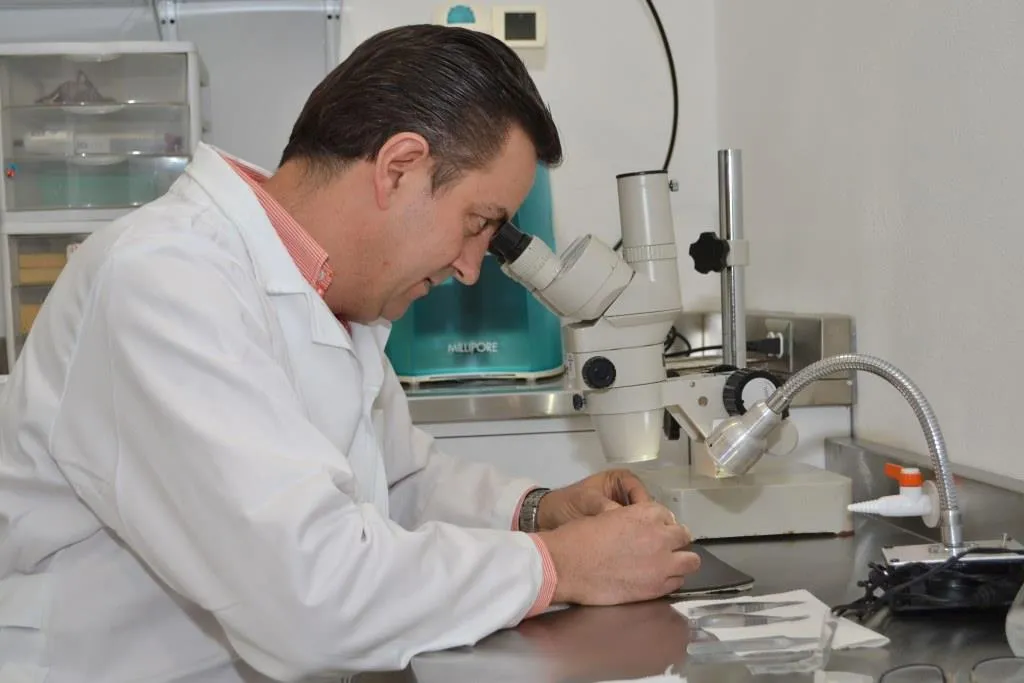Researcher observed in diabetic rats a greater concentration of calcium in endothelial cells, an indicator that would imply damage to the arteries.
Diabetes mellitus causes damage to the mechanisms that regulate the concentration of intracellular calcium in the vascular endothelium, a fabric that covers the internal wall of the blood vessels, is the hypothesis held by the research team of Dr. Roberto Berra Romani, academic of theBUAP School of Medicine, which observed in animal models with this pathology a greater concentration of this ion -until 30 percent -, an indicator that would imply damage to the arteries and, therefore, vascular dysfunction.
This is basic science research of the utmost importance, because it will contribute to the understanding of the molecular mechanisms involved in vascular alterations, caused by diabetes mellitus, useful information to develop new treatment measures, prevention and diagnosis of this disease.
Diabetes is a chronic condition that is triggered when the body loses its ability to produce sufficient insulin or use it effectively.This condition afflicts 422 million adults in the world;That is, to 8.5 percent of the total population, according to data reported in 2014 by the World Health Organization (WHO).In Mexico, according to the National Health and Nutrition Survey of 2012, the National Institute of Public Health reported that 6.9 million people were diagnosed with this disease, an indicator that grows considerably every year.
People with diabetes have an increase of 2 to 3 times in the probability of suffering from cardiovascular diseases.Among the most frequent cardiovascular diseases is coronary heart disease, as well as peripheral cerebrovascular and vascular diseases that leads to blindness, renal failure and lower extremities amputation.
Berra Romani, level II of the National System of Researchers, explained that endothelial cells regulate the contractility of blood vesselfabricsMany of these functions depend on intracellular calcium.
Diabetes mellitus causes damage to mechanisms
To explore intracellular calcium homeostasis, instead of using endothelial cells in artificial cultivation conditions, Dr. Berra Romani's team studies the intact endothelium in the blood vessel, in order to have physiological conditions more similar to those that occur in theorganism and thus explain the mechanisms by which diabetes causes vascular damage.
To do this, the endothelium in situ of aorta of rats that present type 2 diabetes mellitus, the most common in the human.This animal model with genetic mutation presents obesity, hyperglycemia, hypercholesterolemia, hypertriglyceridemia and vascular damage, characteristics similar to those presented by the diabetic human being.In addition, you work with young rats, related to age in the human being, from 25 to 30 years, to study from early stages vascular diseases caused by diabetes.
Roberto Berra Romani, a doctor in physiology from the University of Pavia, in Italy, indicated that among the results there was an increase in calcium in the diabetic rats endothelium, compared to the control group.He also said, the calcium entry into cells by specific protein to the membrane is also augmented.
The increase in calcium could be an indicator of excessive production or release of vasoconstrictor and/or vasodilant substances.In addition to calcium alterationsIntracellular in the endothelium, Dr. Berra's research group finds a greater contractility of the aorta obtained from diabetic rats.
Although the experiments have not concluded, preliminary data suggest that diabetes increases the contractility of the artery through the production of a vasoconstrictor substance by the endothelium, whose nature is to be determined.The above, "allows to ensure that diabetes causes problems at the level of calcium homeostasis and the contractility of the aorta increases, that is, it has a greater contraction," said the academic of the Faculty of Medicine.
This research is carried out in collaboration with students of biomedicine, medicine, biology and chemical sciences;as well as with BUAP researchers and Maryland's universities, in the United States, and Pavia, in Italy.


